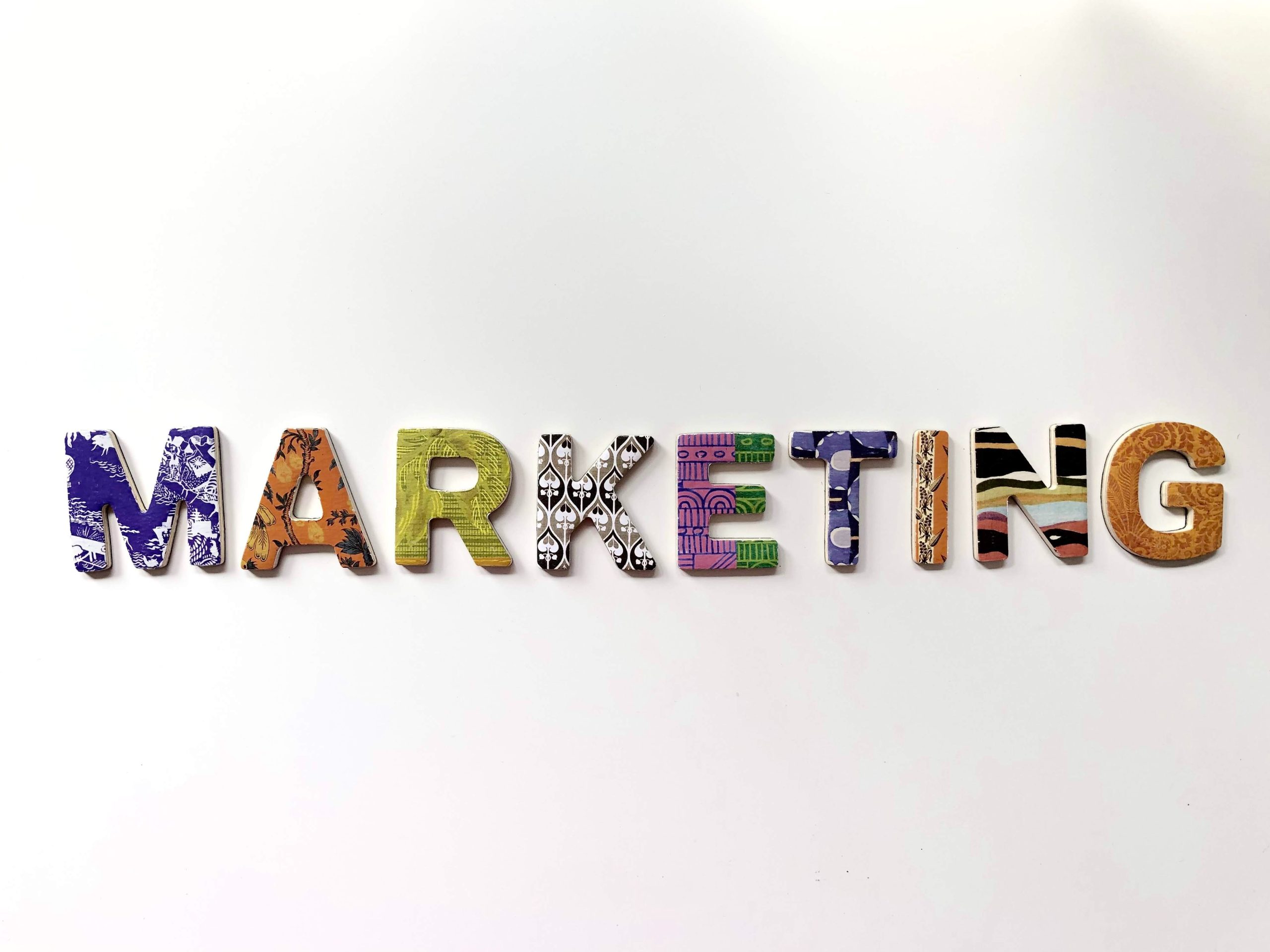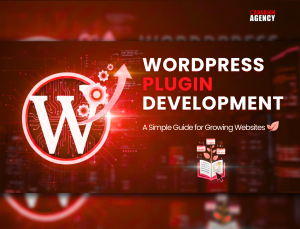Digital marketing has cemented itself as a separate niche within the marketing world, and so have web and mobile marketing companies adjusted to accommodate its trends.
A couple of years ago, marketing was all about putting your product or service out to the world via a newspaper. The world relied on television for mass media marketing and traditional word-of-mouth marketing. The only problem then was no way of getting direct feedback.
Cut to 2022, we have come a long way, and marketing has completely transformed. As of 2022, 95% of retail brands use two or more digital marketing channels, mainly social media marketing ones. It is for their benefit because more than 70% of millennials shop exclusively via social media. But all this does not just happen out of nowhere: meticulous planning makes things go round in digital marketing—that and profound apps and tools which get your business there.
Digital Marketing Tools and Trends in 2021
Before moving ahead, it is wise to look at the past year. What did marketers achieve in 2021? On the whole, 2021 was one of the best years for social media and digital marketing as far as tools and apps are concerned.
Google topped the charts with its continuous algorithmic updates for SEO and its functionality, and marketers now have a better grasp of generating and handling content creation than ever before.
2021 was when many brands adopted a semi- or permanent pandemic-based consumer mindset shift. The year also saw brands actively green-lighting research to develop new marketing strategies.
Digital Marketing Trends for 2022
What is the way forward? Following is a list of digital marketing and apps that will generate niche trends for the years to come. Some of the top tools and apps include:
- Voice Search Optimization
- Geofencing
- Chatbots and AI
- Metaverse
- Long-Form Content
- Cookieless Future
Voice Search Optimization
The reason is pretty apparent: the more convenient and user-friendly to use voice-controlled digital assistants, the better it is for voice search optimization. But there is a teeny-tiny problem. Voice search is not fully fleshed out as of writing this blog.
We need modern SEO measures to benefit from voice search in its entirety. Voice searches are longer, so traditional keyword strategies will not work here. It happens because the user is talking instead of typing. It is easier to find a business, product, or service by listing as much information and keywords possible.
Significant voice search optimization focuses on providing local results, such as pulling up local restaurants, grocery shops or gyms, etc. It means local SEO is something marketers can not ignore with voice search.
Geofencing
Even though we have had location-based marketing strategies around for a while, as we advance with geofencing is one of the safest bets. Not to mention that it is exciting and challenging the traditional rules of digital marketing in several ways.
Imagine visiting a new city, and you don’t even have to go to Google Maps or Yelp to see the best sushi places in town. An auto-generated text message or DM giving out the significant features of the product or service is what geofencing is all about. All you have to do to get such statements are to be within those businesses’ range (2 miles or more).
Of course, unlike many modern digital marketing trends, this tool is expensive. Behavior and demographic targeting and re-targeting options usually come at a cost, so small-scale businesses usually avoid geofencing.
Chatbots and AI
The most significant benefit of using AI for client communication is its ability to handle multiple conversations simultaneously. It can also take lots of information in a small time frame. Artificial intelligence has also taken up the gap which spread due to the pandemic in the last two years, so the technology has improved and developed further.
This continual digital transformation will lead to an omnichannel marketing platform, which can enhance brand experiences and attract customers.
Metaverse
The metaverse is an existing virtual universe that does not depend on users for it to exist; it is a new and revolutionary concept. It also gives users the option to create content seamlessly and share it with others, like Fortnite and Roblox.
It is a shame that such content creation platforms only constitute about 3% of the internet. The rest is passive content with no actual interactive qualities. It makes content marketing much more exciting in the metaverse because the customer will be an active part.
We can already see that happening: Louis Vuitton came up with an interactive 3D game simulation where users could go and win NFTs, which could also be cashed as clothing items. Other brands have come with 3D graphic simulations which allow customers to try their products in a virtual environment before purchasing.
It is only the beginning of metaverse digital marketing. The future is going to be much more epic and bright.
Long-Form Content
Anything which crosses the 2000-word limit is automatically considered long-form content. Even though long-form content can refer to infographics, podcasts, videos, and all sorts of multimedia, let’s focus on written blog posts and web pages for argument.
Bloggers perform better in today’s digital marketing landscape if they breach the word limits to more than 3000 words per post. 36% of modern blogging is opting for long-form content now, even though the opposite was standard in 2017.
Even though statistics show that long-form content will be the future of digital marketing in the near future, it does not guarantee that it will work every time. Marketers need to be smart about using this tool for their benefit. It all comes down to what your readers want: if they engage with long-form content more than a short one, go for it. Otherwise, use it sparingly and wisely.
Another aspect of utilizing long-form content is that people who use voice search will get better results because the search engine mechanics will longer and better understand the keywords.
Cookieless Future
Cookieless future was born after a series of privacy and data collection news broke out a couple of years ago. Google took the initiative to limit how much data websites can retain by promoting advertisements without cookies. The earliest you can expect to use webpages that do not use cookies is 2023.
By the end of 2022, cookie alternatives will reign supreme. There will be better and more prudent ways of storing user data (necessary details) and a system of cyclic deletion after the information is no longer needed.
Digital Marketing Trends of the Future
Digital marketing trends will evolve rapidly once metaverse, web3.0, and cookie less storage become the new norm. People will interact with brands and celebrities in a better way. They can create interactive content, which the companies can utilize to promote themselves via word-of-mouth. It will increase customer loyalty and retention on a whole other level. Only developing trends of 2022 can forecast a better picture, and the future looks in better hands.






